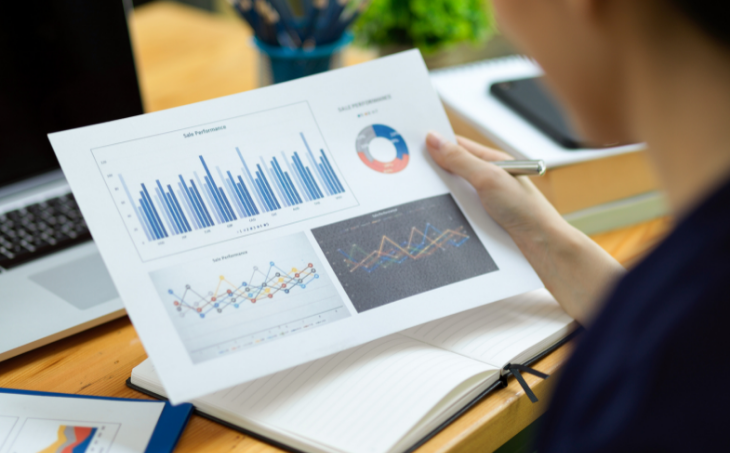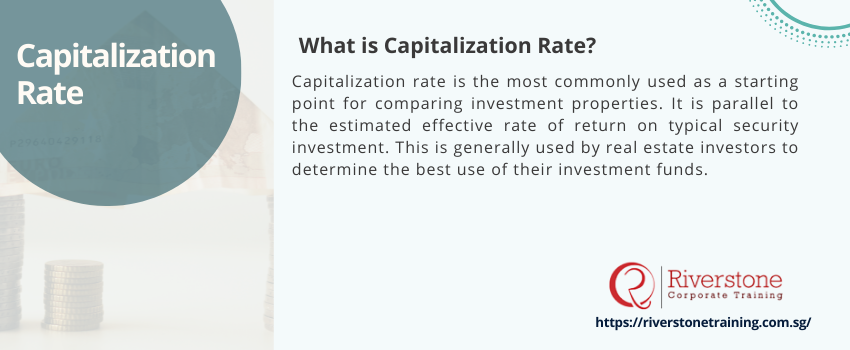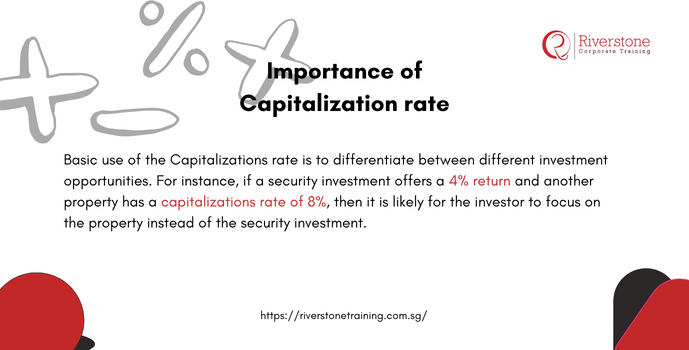
What is the importance of capitalization rate?
Definition of Capitalization Rate:
Capitalization rate is the most commonly used as a starting point for comparing investment properties. It is parallel to the estimated effective rate of return on typical security investment. This is generally used by real estate investors to determine the best use of their investment funds.
Importance of Capitalization rate:
Basic use of the Capitalizations rate is to differentiate between different investment opportunities. For instance, if a security investment offers a 4% return and another property has a capitalizations rate of 8%, then it is likely for the investor to focus on the property instead of the security investment.
Capitalizations Rates can also help to form trends for commercial; property owners. Trends can direct where the market may be heading towards, which allows adjustments based on estimated rents.
Even though it may seem like that this is a foolproof method, there are also several limits to the capitalization rate’s usefulness. If an investment property has an irregular flow of cash, then the property cannot solely focus on the capitalization rate but would need to rely on Discounted cash flow analysis instead — a concept often explored in a professional certification in company valuation program
Other than that, Capitalizations rates also come in handy while calculating the risk involved in a particular investment. The higher the capitalization rate, the lower is the risk involved in that investment.
3 Example Ways to use the capitalization rate:
Here are three examples that explain what is Capitalization Rate:
- Harry is an investor who is looking to buy an investment property for himself. He recalls that the Capitalization rate is an effective measurement in assessing real estate properties. Harry finds three properties and inspects them thoroughly. He takes into consideration their respective expenses, their annual income, and their overall market value. After doing his calculations to get the Capitalizations rate, he realizes that the one property offers a substantially greater percentage of the capitalization rate than the others. He chooses that property.
- Jason wants to buy an investment property for himself as well. He isn’t fond of taking in a property that has a high risk involved for certain complications. Finally, he finds three properties he is interested in. He gets all the information about the said properties and calculates the capitalizations rates. He finds out that one of the properties have a greater capitalization rate than the other ones. He chooses that property instead of the others because of the low risk involved. The higher the capitalizations rate, the lower is the risk involved.
- An investor wants to buy a new investment property for himself. He checks out two properties in two different geographical locations. One of the properties is located in a highly coveted suburban region, while the other one is in a run-down part of the city. The property in the highly coveted suburban regions shows a low cap rate, whereas it has a high market value. On the other hand, the property located in the run-down part of the city shows a high cap rate with a low market value. There are risks involved in both properties. Now, it is up to the investor to decide which property he wants, based on various factors and not just the Capitalization rate. But it can be used to give the whole thing a head-start.
Basic Formula for capitalization rate:
The capitalization rate is determined by taking the net operating income of a property and then dividing it with the current market value of the asset — a method particularly relevant when understanding financial assets for finance managers evaluating investment performance.
Understanding Current Cap Rate Trends Across Asset Classes:
Write a comprehensive paper or report which specifically looks at the existing capitalization rates of different forms of property assets in Singapore (e.g., Grade A offices, retail malls, industrial warehouses, data centers, hotels, residential rentals). This material is to include recent trends, the determinants of these rates in a Singaporean environment (economic growth, patterns of interest rates, supply and demand forces, government policies) and give an insight of what various cap rates mean to investors in various sectors of the Singapore property market. It would be very helpful to have a table or chart with common ranges of cap rate according to type of property in major districts of Singapore. This report would be highly relevant for those undergoing the best business valuation training for finance managers or professionals pursuing a project finance modeling course with certification, as it links core valuation principles to real-world property investment strategies.
Interactive Singapore Cap Rate Calculator & Investment Scenario Planner:
Create an online and interactive calculator where one may enter the Net Operating Income (NOI) and Current Market Value of a purported property in Singapore to obtain the cap rate. Build upon by allowing the user to see what other situations would do: e.g. how a rise in the NOI is expected or a new market value would affect the cap rate. It may also be interesting to see a feature of some tool that would enable users to compare their calculated cap rate with industry average cap rates of similar property types in Singapore, based on this they will have instantaneous benchmarking, which will help them make better decisions within the Singapore market place as an investor. This tool could be especially valuable when paired with an all-in-one finance and investment training program, providing deeper context behind cap rate metrics. Additionally, integrating brief explanations around related concepts like understanding revenue versus net income definitions can help clarify performance indicators that often influence property valuation and investor returns.
CONCLUSION:
The capitalizations rate is a classic way to determine the risks that are involved while purchasing real estate, but one should always keep in mind several other factors contributing to the final say for a particular property.



